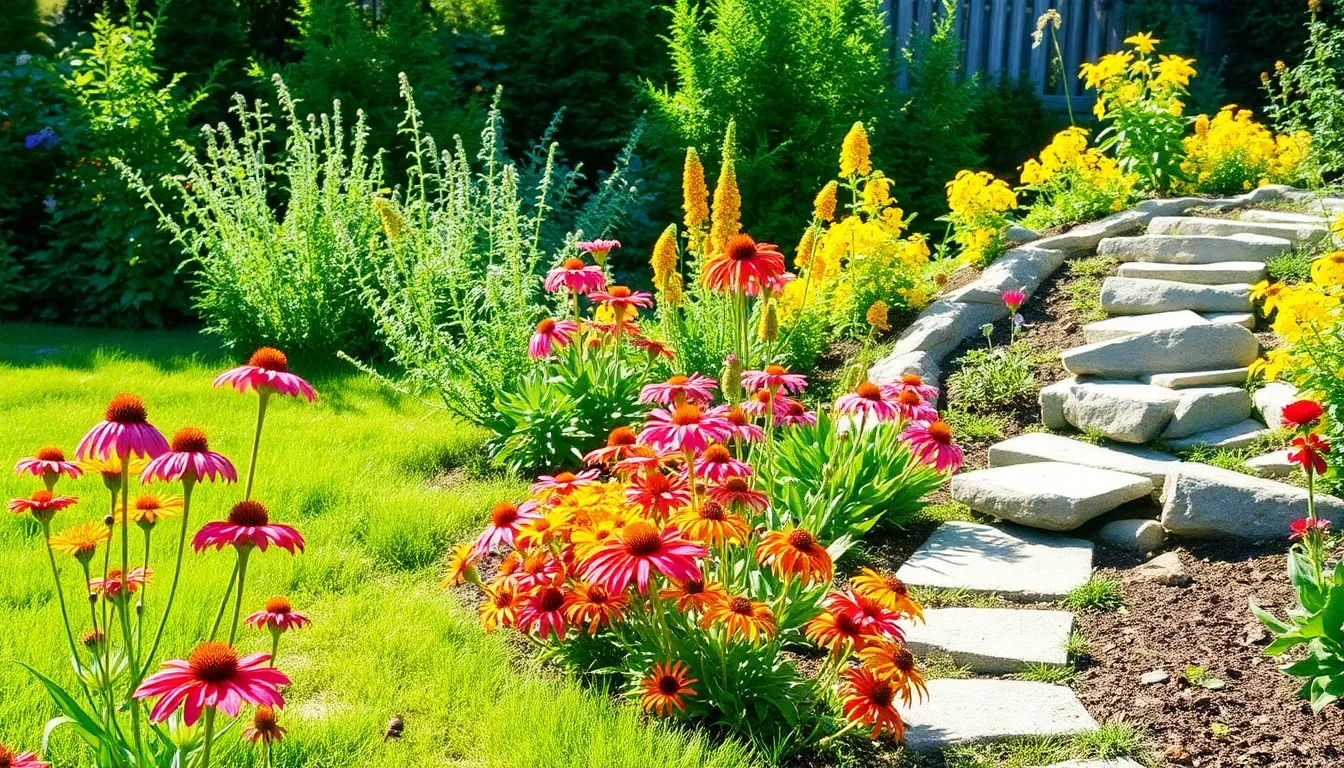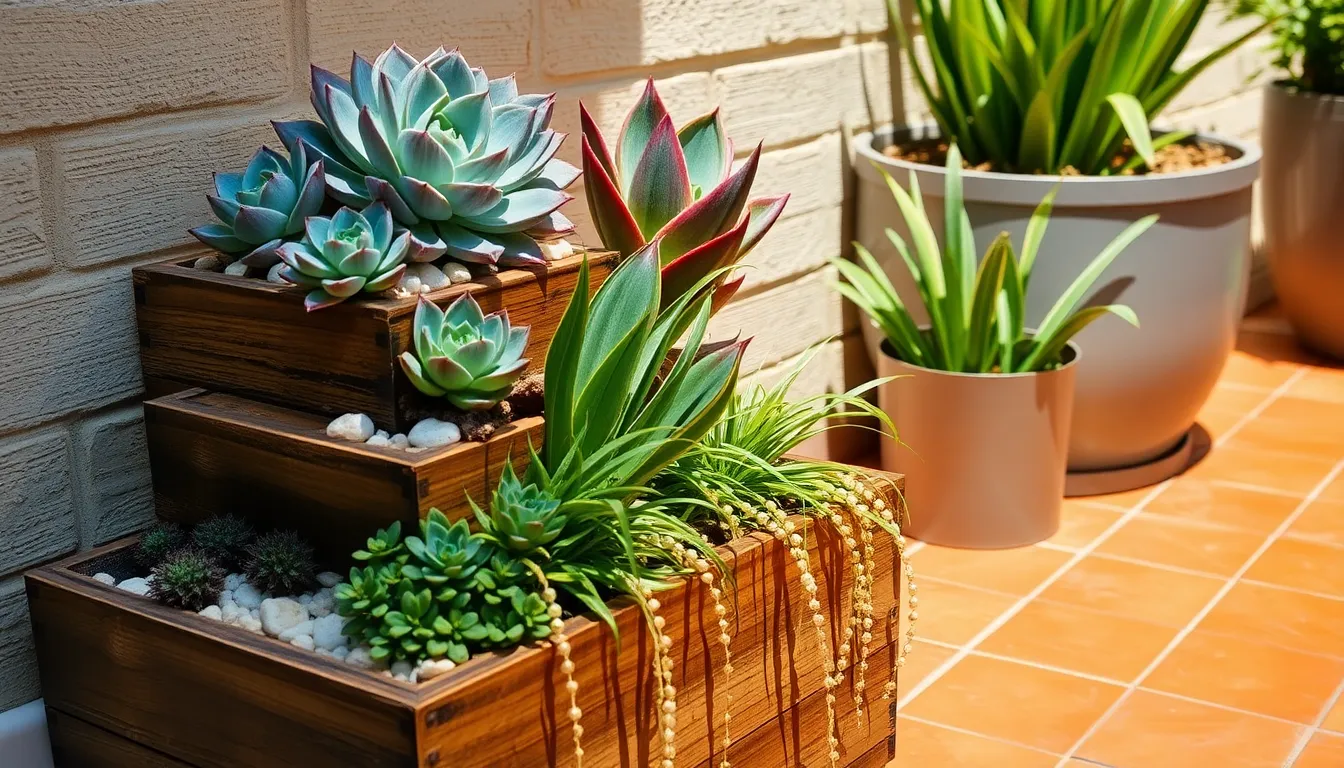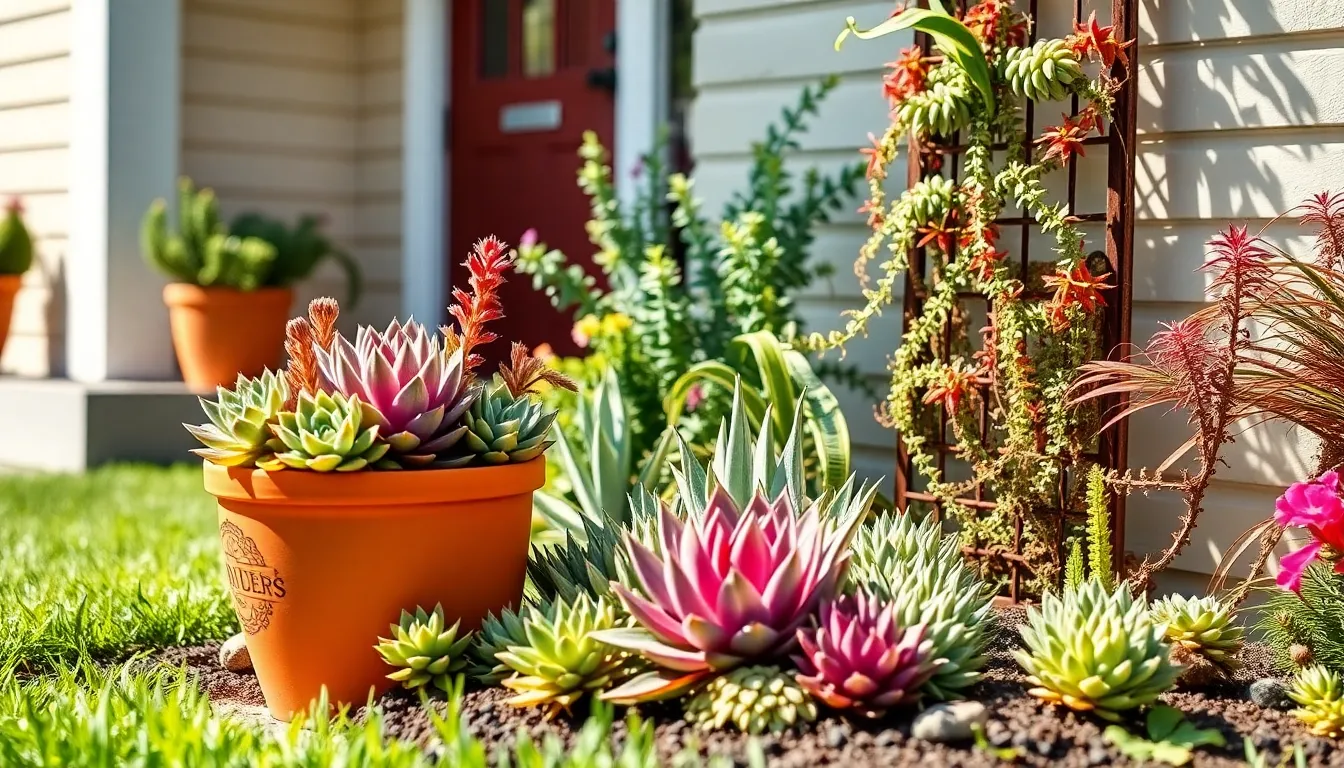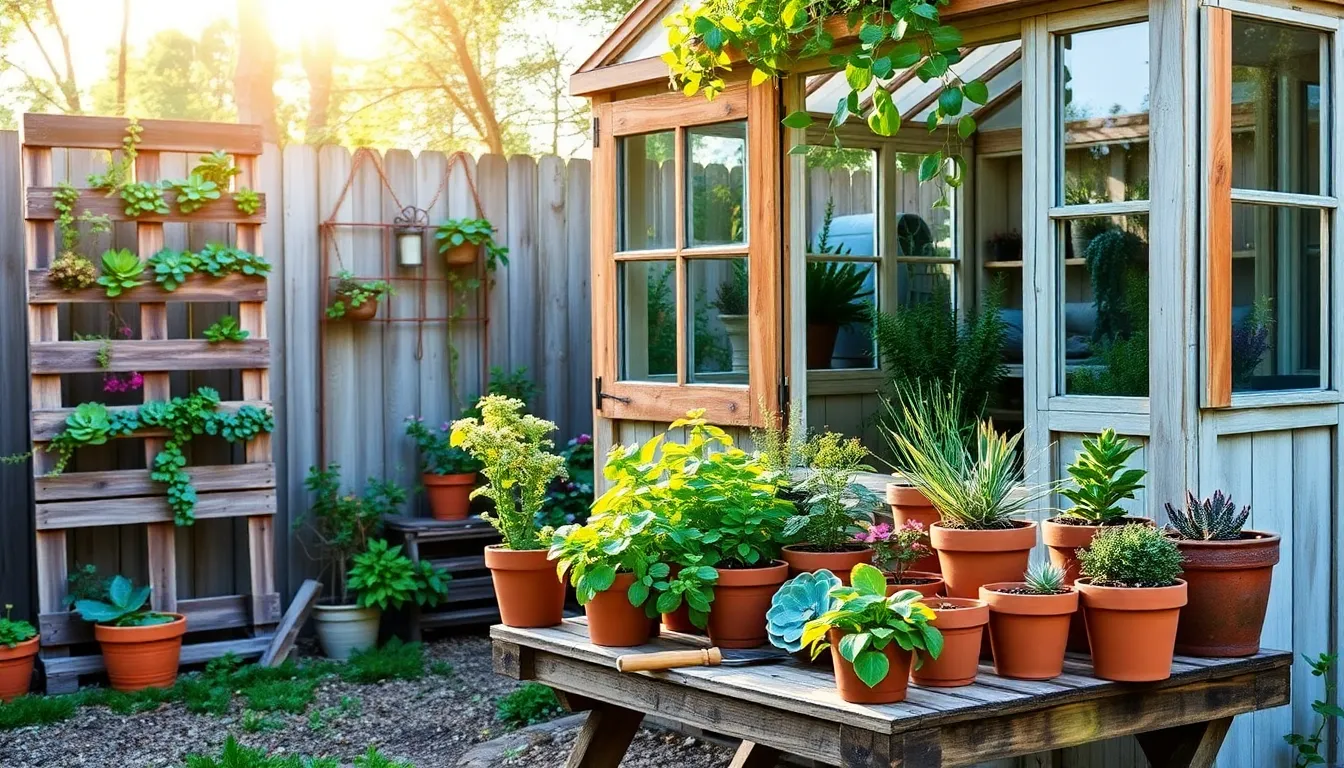Creating a pollinator garden is like opening a vibrant invitation to the natural world, where buzzing bees and fluttering butterflies become your garden’s frequent guests. For both novice gardeners and seasoned green thumbs, designing a space that nurtures these vital creatures is a rewarding journey that enriches your garden and supports the ecosystem at large.
Pollinators play a crucial role in maintaining the health of our gardens and natural landscapes, directly impacting the growth of fruits, vegetables, and flowers. As you read on, you’ll discover ten beginner-friendly pollinator garden setups that blend simplicity with ecological importance, helping you to create a thriving sanctuary for these essential visitors.
Whether you’re just starting out or looking to refine your current garden, this guide will equip you with practical tips and creative ideas to welcome pollinators with open arms. From plant selection to layout strategies, we’ll explore how to craft a garden that is as beneficial to you as it is to the buzzing and fluttering guests it attracts, ensuring your gardening efforts are both beautiful and impactful.
Understanding Pollinator Garden Basics
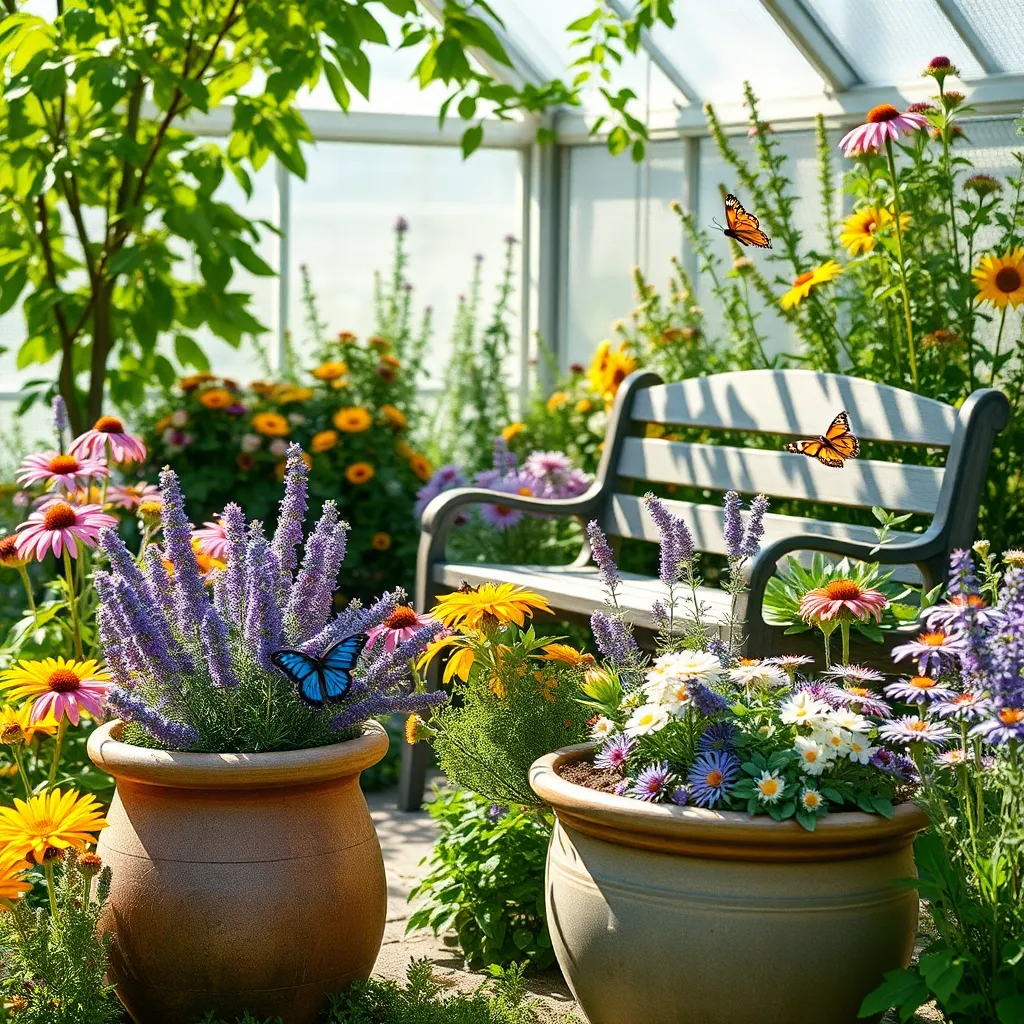
Creating a pollinator garden is a rewarding endeavor that benefits both your garden and the local ecosystem. To start, choose a variety of native plants that bloom at different times of the year to provide continuous food sources for pollinators.
When selecting plants, consider the growing conditions in your garden such as the amount of sunlight, soil type, and moisture level. For beginners, easy-to-grow options like lavender, coneflower, and milkweed are excellent choices that attract a variety of pollinators.
Group plants in clusters to make it easier for pollinators to find them and maximize their foraging efficiency. This can be achieved by planting three to five plants of the same species together, which also adds visual impact to your garden.
For more advanced gardeners, consider incorporating a water source like a shallow dish with stones for pollinators to land on and drink. Additionally, providing shelter through leaf litter or brush piles can create a habitat for pollinator larvae to develop safely.
Choosing Native Plants Wisely
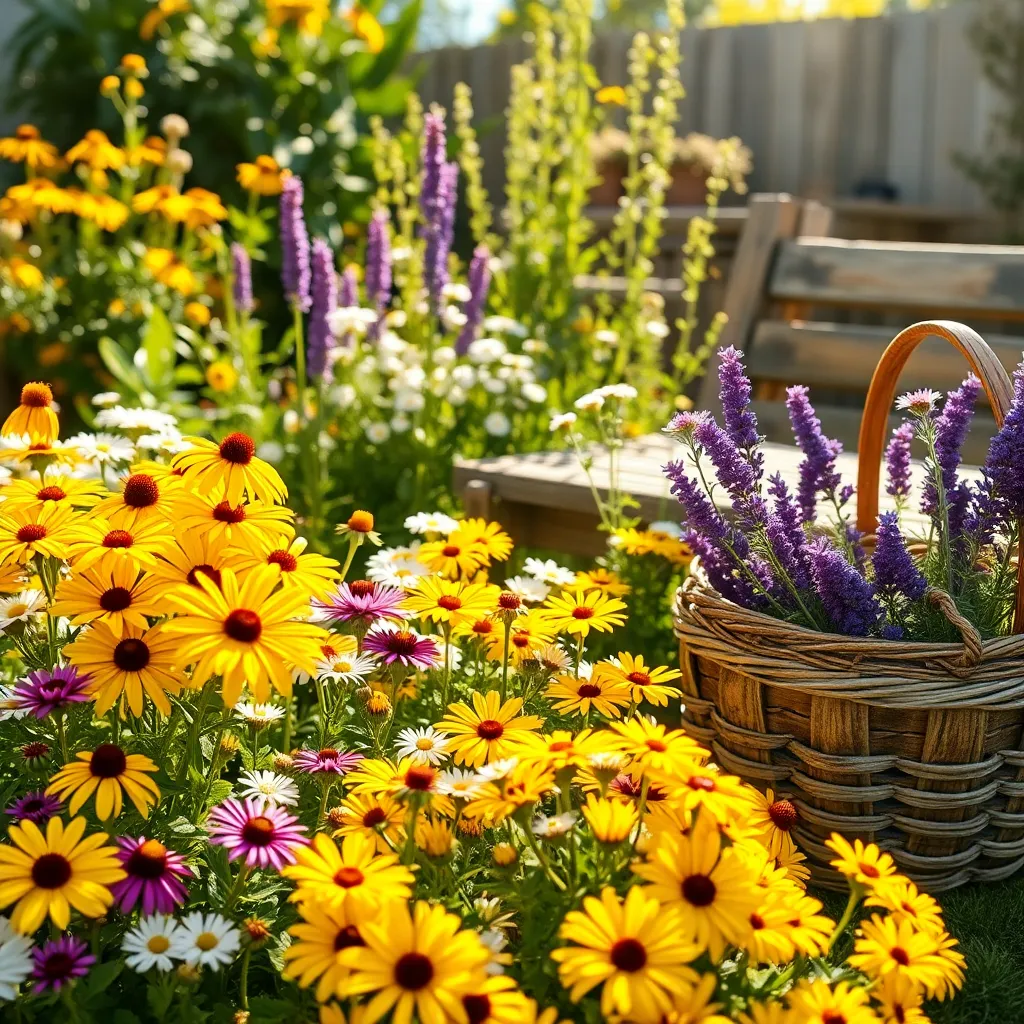
Choosing native plants wisely is crucial for creating a thriving pollinator garden. Native plants are better adapted to your local environment, requiring less water and maintenance. This makes them an excellent choice for both beginner and experienced gardeners. They tend to be more resistant to local pests and diseases, minimizing the need for chemical interventions.
Start by researching which plants are native to your area, as these will naturally support local pollinators. Local nurseries and extension services are valuable resources for identifying suitable native species. When selecting plants, consider those that bloom at different times of the year. This ensures a continuous supply of nectar and pollen for pollinators throughout the growing season.
Soil type and sunlight are important factors when choosing native plants. Most native plants thrive in well-draining soil; however, some prefer moisture-retentive soils. Test your soil to understand its composition and amend it if necessary to suit the plants you select. Place sun-loving plants in areas that receive full sun for at least six hours a day to ensure optimal growth.
Watering needs can vary significantly among native plants, so it’s essential to group plants with similar requirements together. For example, drought-tolerant plants like purple coneflower and black-eyed Susan will thrive with minimal watering once established. For advanced gardeners, consider integrating a drip irrigation system to provide consistent moisture without overwatering.
Creating a Balanced Plant Layout
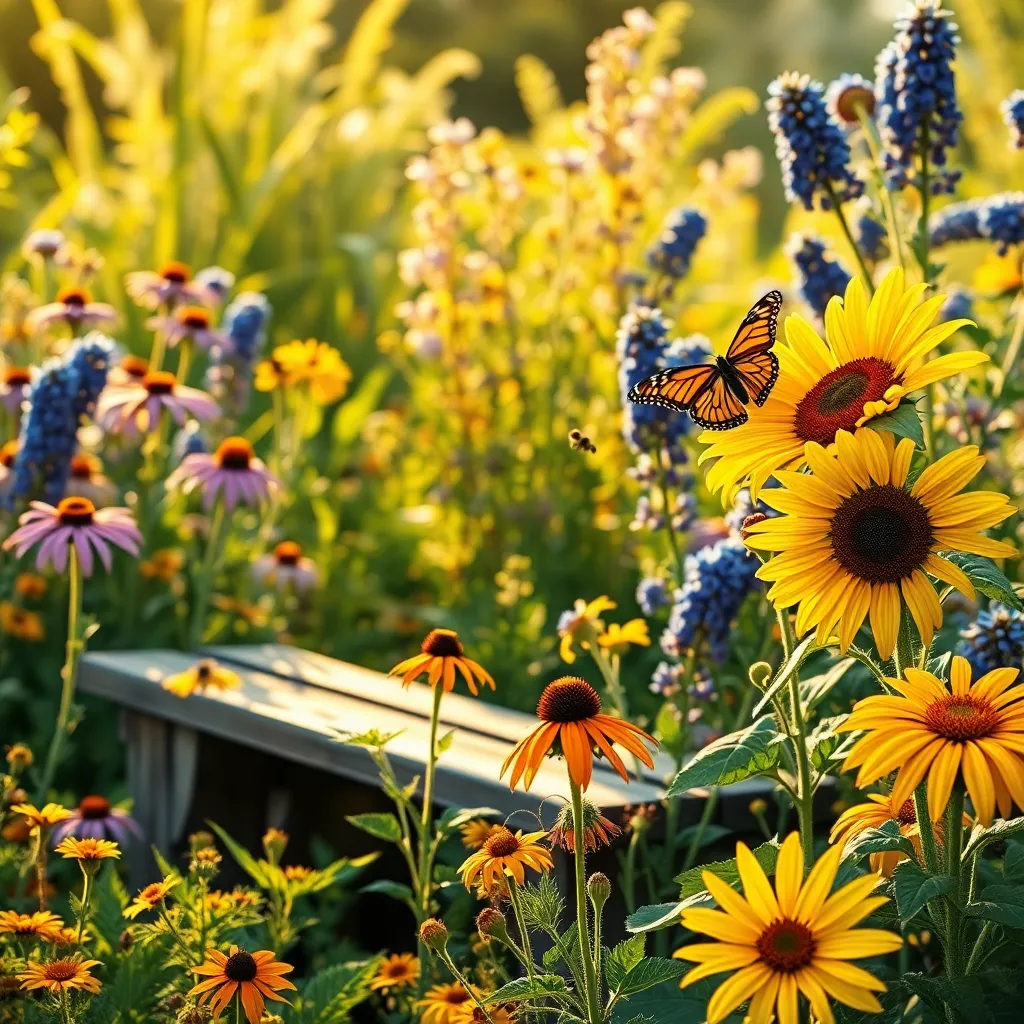
Designing a balanced plant layout is crucial for creating a thriving pollinator garden. Start by considering the height and spread of your plants, ensuring taller varieties don’t overshadow smaller ones.
Incorporate a mix of flowering seasons to provide continuous blooms from spring through fall. This approach not only enhances visual appeal but also sustains pollinators like bees and butterflies throughout the growing season.
To achieve a harmonious look, combine plants with varying textures and colors. Use contrasting foliage and flower colors to create visual interest and guide visitors’ eyes through the garden.
Do not forget about the importance of spacing to ensure each plant has ample room to grow without competition. Adequate spacing aids in air circulation, reducing the risk of disease and promoting healthier plants.
For advanced gardeners, consider implementing a layering technique by planting in tiers. Place ground covers under taller plants and use mid-height plants to create a lush, multi-dimensional garden bed.
Incorporating Diverse Flowering Seasons
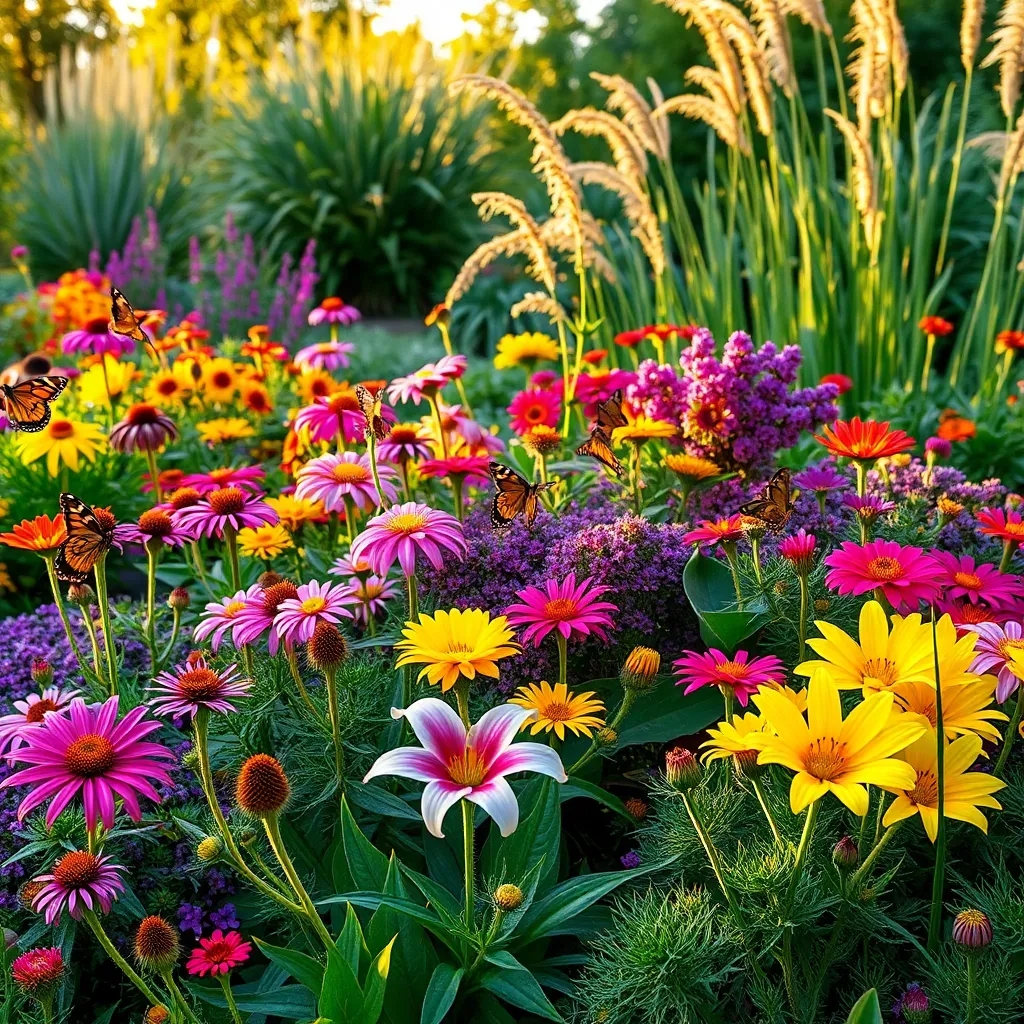
Incorporating plants with diverse flowering seasons can significantly enhance the appeal and effectiveness of a pollinator garden. By selecting species that bloom at different times, you ensure that pollinators have a steady food source throughout the growing season.
Start by choosing early bloomers like crocuses and daffodils to kick off the season. These plants are not only easy to grow but also provide crucial nectar sources for pollinators emerging in spring.
Mid-season bloomers such as coneflowers and bee balm are excellent choices for sustaining pollinator activity. These plants thrive in well-drained soil and full sun, making them versatile options for most garden setups.
For late-season flowering, consider adding asters and goldenrods, which continue to attract pollinators as other plants fade. Ensure these plants are placed in areas with ample sun and moderate watering to maintain their vigor and blooms.
Building Bee-friendly Habitats
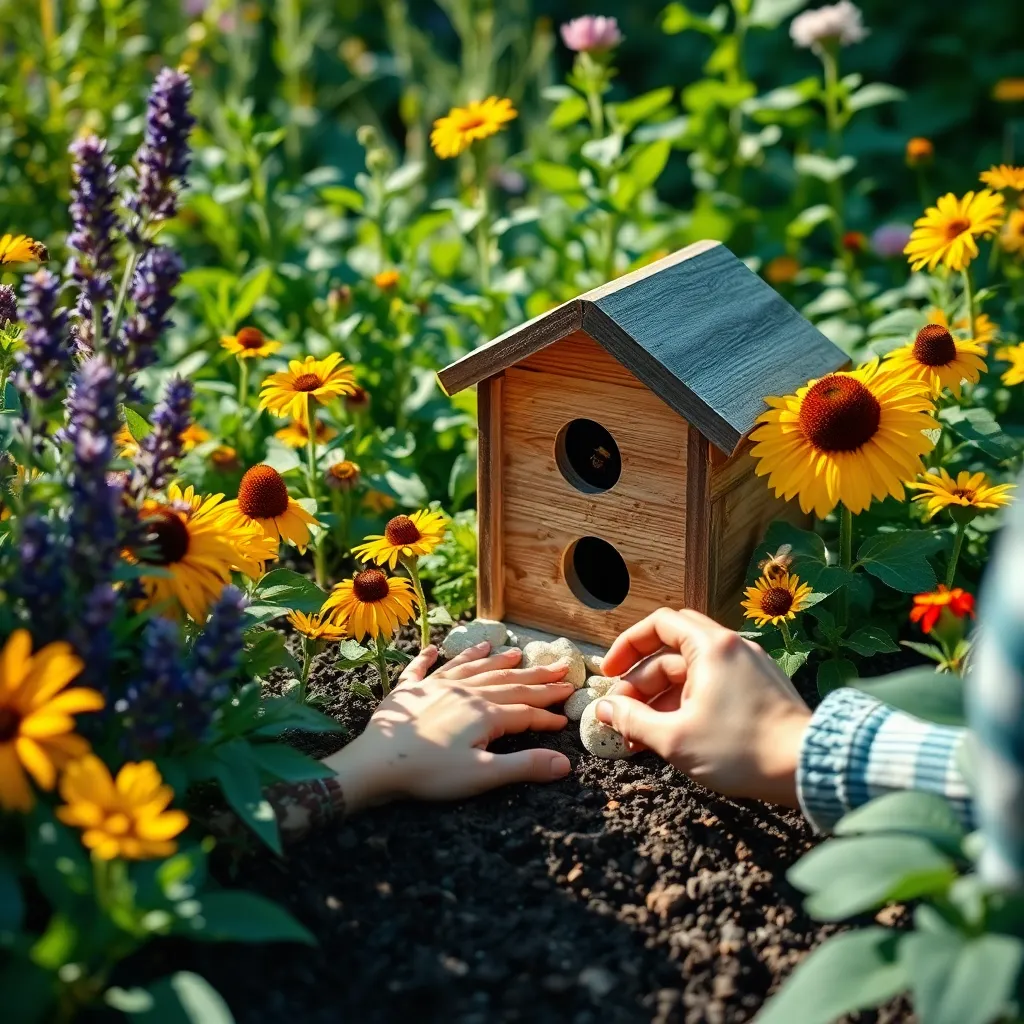
Creating a bee-friendly habitat in your garden is a rewarding endeavor that supports pollinators and enhances plant growth. Begin by choosing a variety of flowering plants that bloom throughout the seasons, ensuring bees have a consistent food source.
Native plants are particularly beneficial as they are well-adapted to local conditions and provide the best nutrition for local bee species. Consider planting a mix of perennials and annuals such as coneflowers, bee balm, and sunflowers to offer diverse pollen and nectar sources.
Providing a water source is essential for bees, as they require it for hydration and cooling their hives. A shallow dish filled with water and pebbles can serve as a simple bee bath, allowing bees to drink without the risk of drowning.
Using organic gardening practices can significantly contribute to a healthy bee habitat. Avoid pesticides and herbicides, which can be harmful to bees, and try alternatives like neem oil or insecticidal soap for pest management.
Attracting Butterflies with Nectar
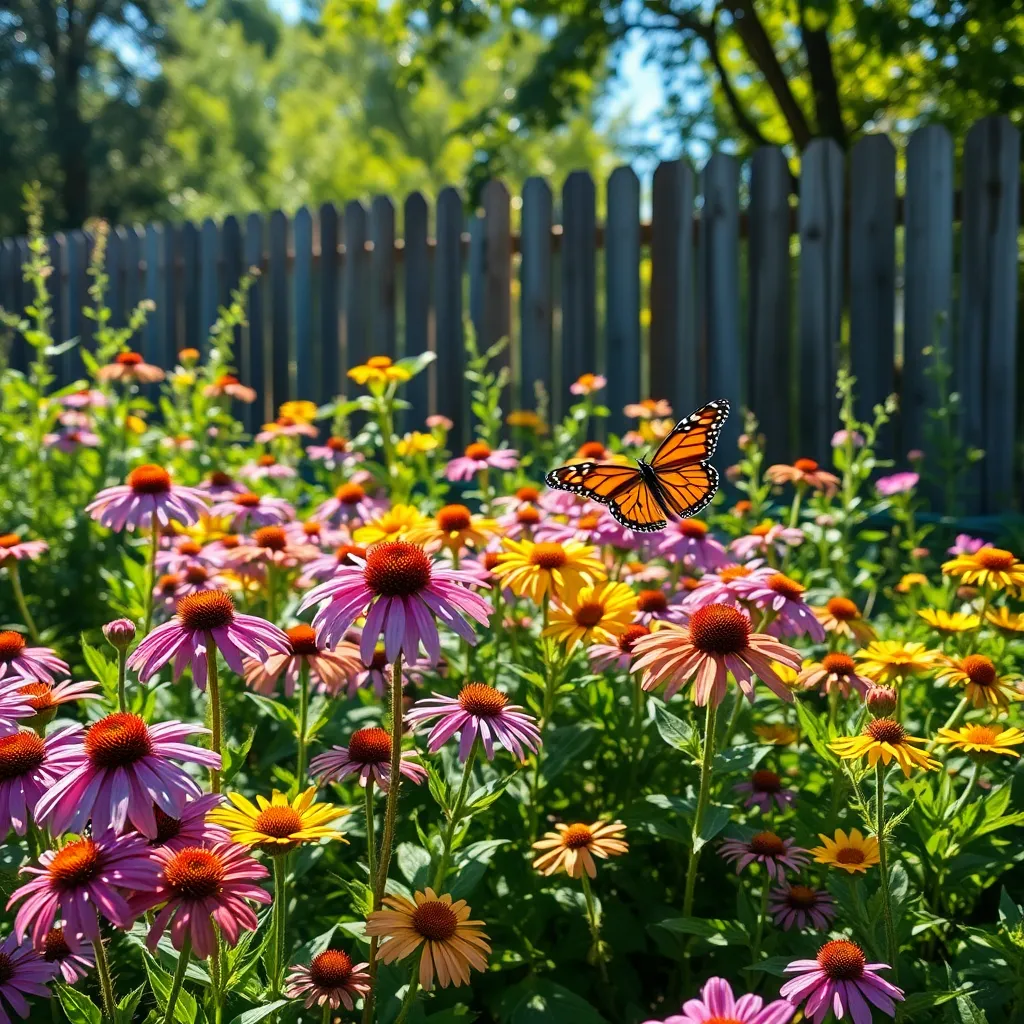
Butterflies are drawn to gardens rich in nectar-producing flowers, making them an essential part of any pollinator setup. To attract these colorful creatures, plant a mix of native flowering plants that bloom at different times throughout the growing season.
Consider adding milkweed, coneflowers, and zinnias as they are particularly appealing to butterflies. These plants thrive in well-drained soil and full sunlight, ensuring your garden becomes a vibrant, fluttering haven.
Water your butterfly-friendly plants regularly, but avoid overwatering to prevent root rot. A general rule is to provide about one inch of water per week, adjusting according to rainfall and temperature.
Incorporate a mix of annuals and perennials to maintain blooms from spring to fall. This variety not only supports butterflies but also ensures your garden remains colorful and lively all season long.
- Use mulch to retain moisture and suppress weeds, protecting the root systems of your plants.
- Deadhead spent blooms to encourage new growth and prolonged flowering periods.
- Avoid using pesticides, as they can harm butterflies and other beneficial insects.
Providing Shelter for Pollinators
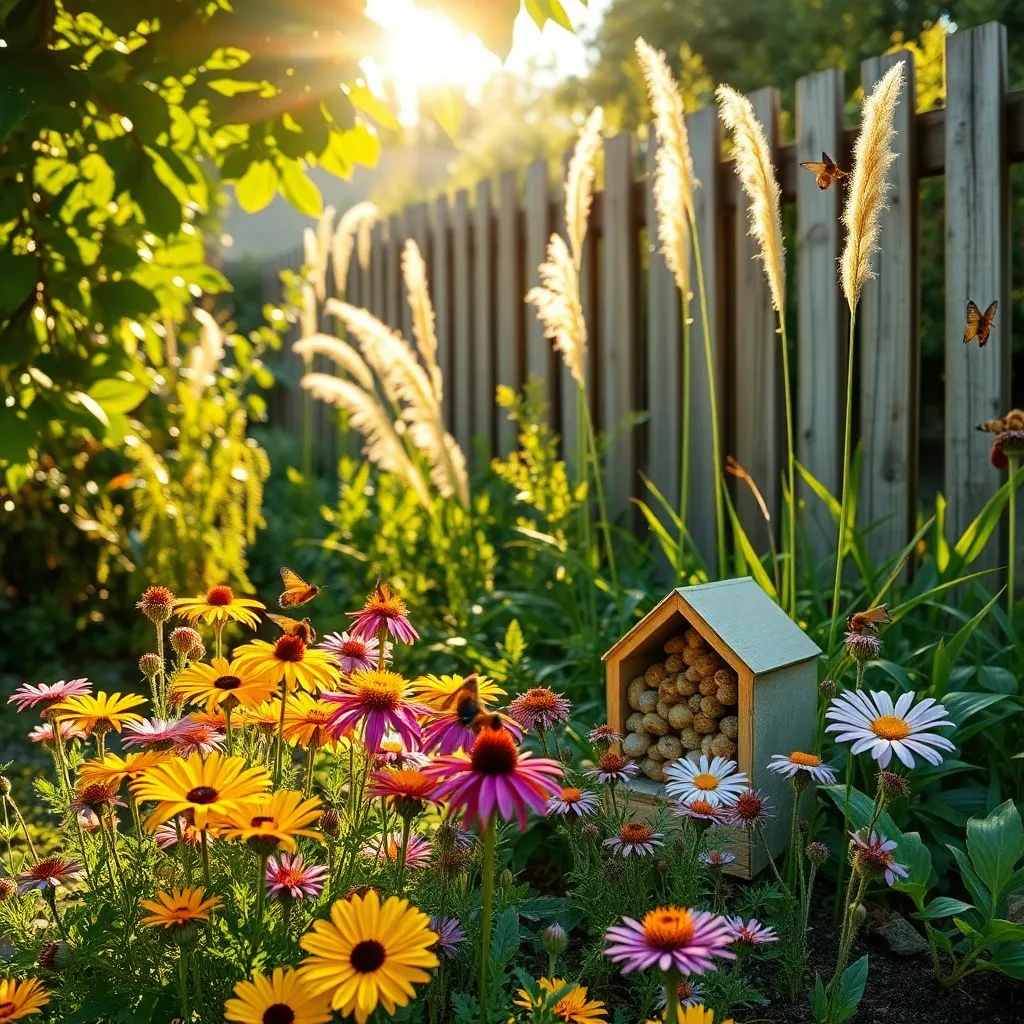
Creating a welcoming environment for pollinators involves providing ample shelter alongside nectar-rich plants. Incorporate elements like bee hotels or bug houses into your garden to offer safe nesting sites for pollinating bees and other beneficial insects.
Begin by selecting a sunny, sheltered spot for your bee hotel, as most solitary bees prefer warmth. Ensure the structure is made of untreated wood or bamboo, with holes of varying sizes to accommodate different species.
Enhancing your garden’s appeal can be achieved by planting dense shrubs or hedges, which offer protection from predators and harsh weather. Consider species like hawthorn or privet, which provide both shelter and seasonal flowers that are attractive to pollinators.
For advanced gardeners, consider incorporating a small water feature such as a shallow birdbath with stones for landing. This provides a vital water source and a place for pollinators to rest, enhancing the overall attractiveness of your garden sanctuary.
Water Sources for Pollinator Needs
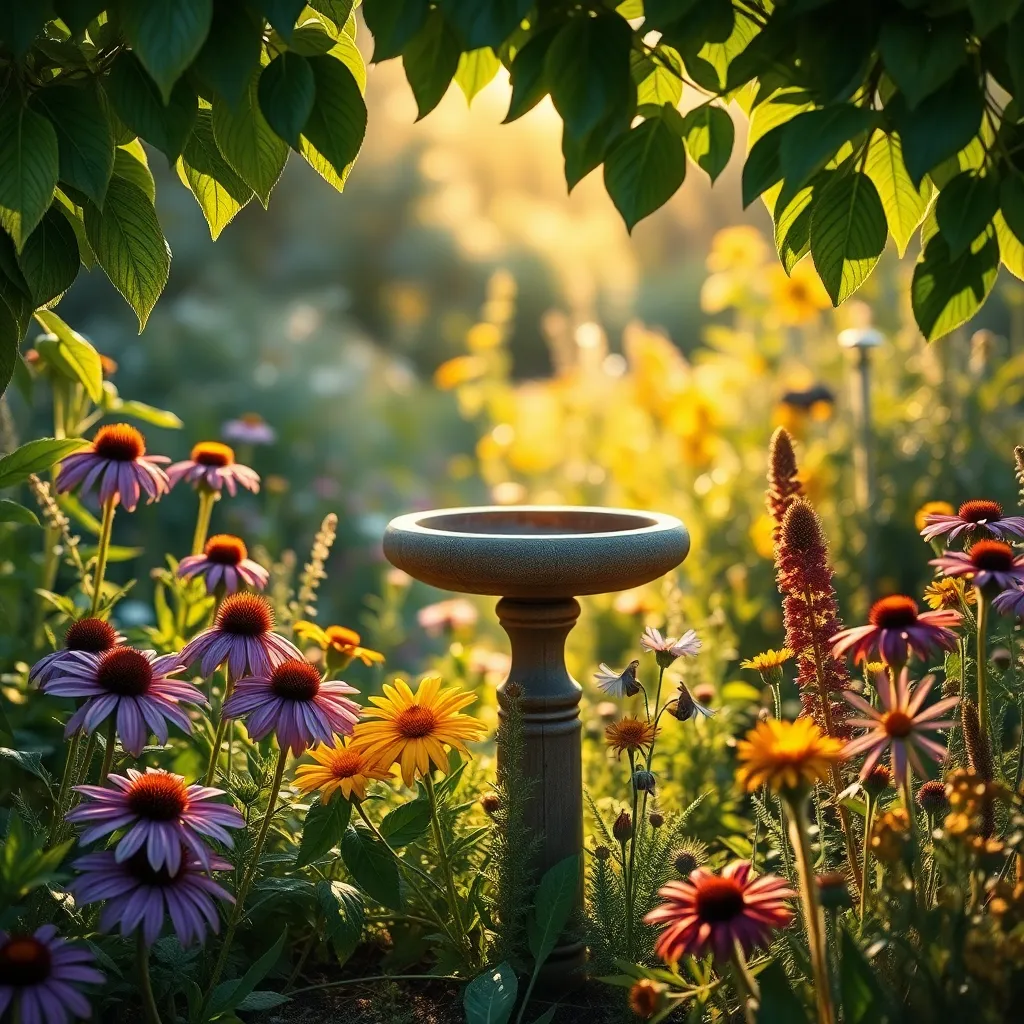
Pollinators, just like any other living things, need access to water for survival. Creating a water source in your garden can be as simple as placing a shallow dish filled with clean water, ensuring it’s shallow enough to prevent drowning.
Consider placing small rocks or pebbles in the dish so that bees and butterflies can safely perch while drinking. This simple setup not only aids pollinators but also adds a visual interest to your garden.
For those looking to take an extra step, a birdbath with a gentle slope can serve both birds and pollinators. Keep the water fresh and change it regularly to prevent stagnation and discourage mosquito breeding.
Advanced gardeners might explore installing a drip irrigation system that creates small puddles. This system can be set on a timer to maintain consistent moisture levels and ensure continuous availability of water for pollinators.
Avoiding Pesticides and Chemicals
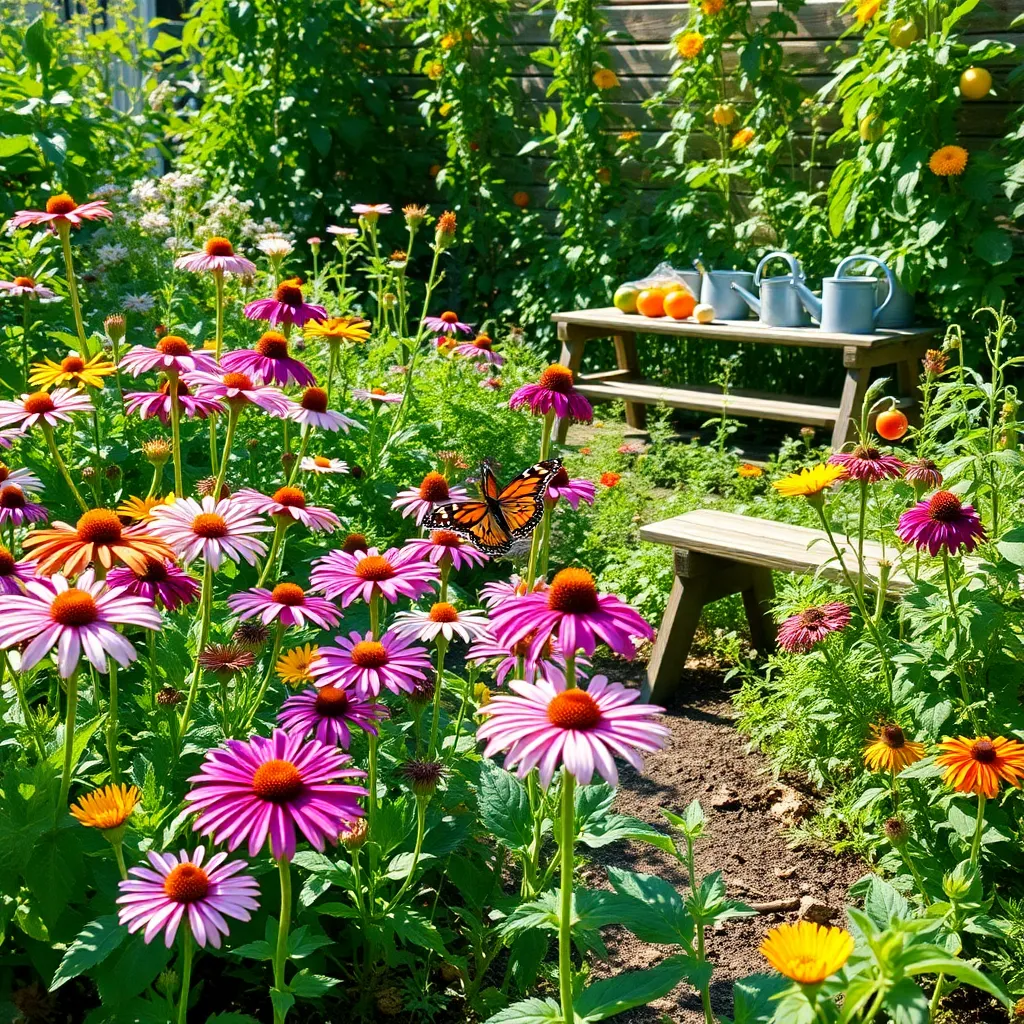
Creating a pollinator-friendly garden without pesticides and chemicals begins with choosing the right plants. Opt for native plant species, as they are naturally more resilient to local pests and diseases, reducing the need for chemical interventions.
Next, focus on building a healthy ecosystem within your garden. Encourage the presence of beneficial insects like ladybugs and lacewings by planting a diverse range of flowering plants, which can naturally control pest populations.
Additionally, practice crop rotation and companion planting to naturally deter pests. For example, planting marigolds alongside your vegetables can help repel nematodes and other garden pests effectively.
For those willing to take an extra step, creating a homemade insecticidal soap can be an excellent alternative to commercial products. Mix one tablespoon of liquid soap with one quart of water to create a solution that can be sprayed on plants to manage soft-bodied insects like aphids.
Maintaining Your Pollinator Garden
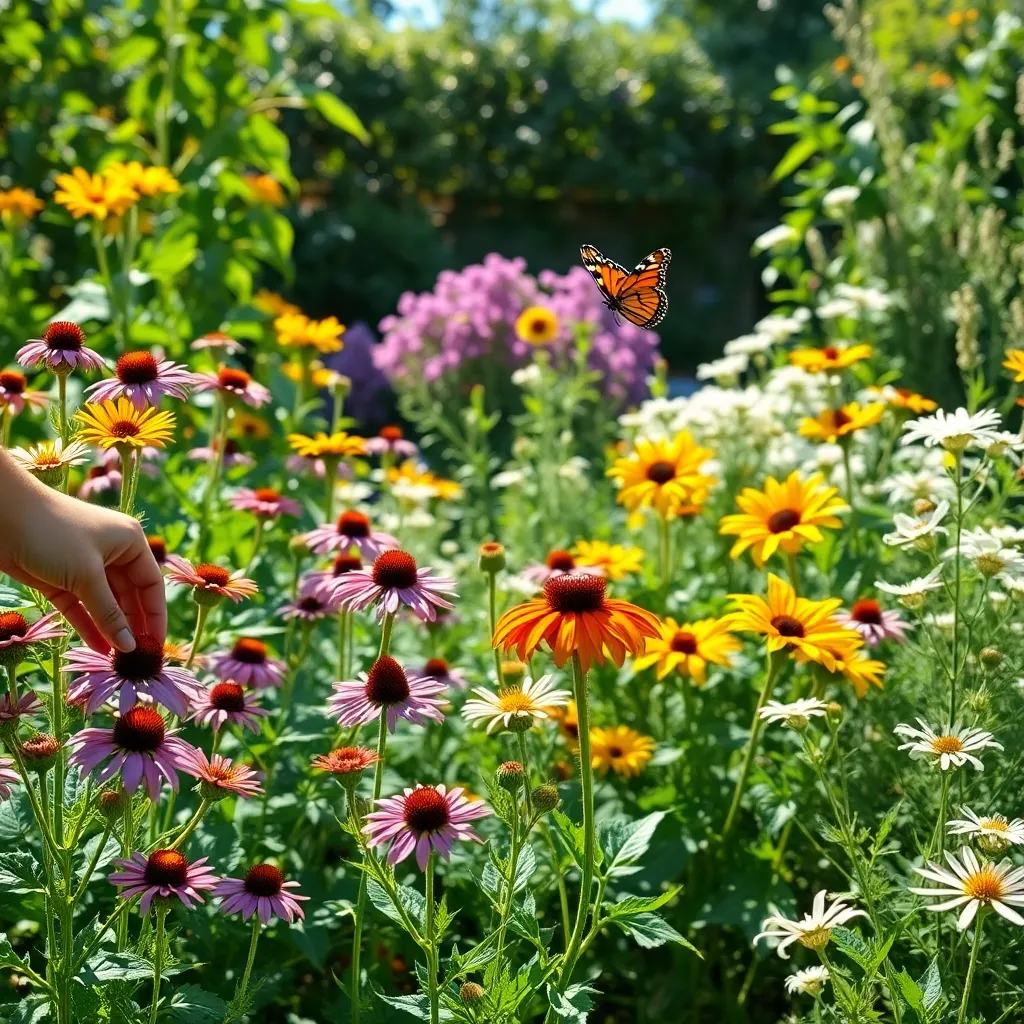
Regular maintenance is crucial for a thriving pollinator garden. Begin by checking your plants weekly for signs of disease or pests, and remove any dead or damaged foliage promptly.
Watering is an essential aspect of garden maintenance, especially during dry spells. Aim to water deeply once a week, ensuring the soil is moist but not waterlogged, to encourage deep root growth.
Keep your garden beds well-mulched to retain soil moisture and suppress weeds. Use organic mulch such as shredded leaves or straw, which will also add nutrients to the soil as it breaks down.
For advanced gardeners, consider rotating your flowering plants each season. This practice helps to prevent soil-borne diseases and can improve soil fertility over time.
Conclusion: Growing Success with These Plants
As we wrap up our exploration of the ’10 Beginner-Friendly Pollinator Garden Setups’, let’s revisit the relationship-building concepts that these setups metaphorically teach us. First, we learned the importance of creating a nurturing environment, just like a garden needs the right soil. We also saw the value of diversity and balance, the necessity of regular maintenance, and the benefits of patience and time. The setups highlighted the power of resilience, adaptability, and mindful observation, while also reminding us of the beauty of growth and transformation. Lastly, they underscored the significance of collaboration and mutual support.
Now, as you reflect on these insights, consider choosing one aspect of your own relationship that could benefit from a little extra care and attention today. Whether it’s setting aside time for a heartfelt conversation or simply expressing gratitude, small, intentional actions can lead to flourishing bonds.
Don’t forget to save or bookmark this article so that you can revisit these valuable concepts whenever you need inspiration. As you nurture your relationships, remember that success is a journey, enriched by every thoughtful step you take. Here’s to cultivating relationships that bloom with love and understanding!

